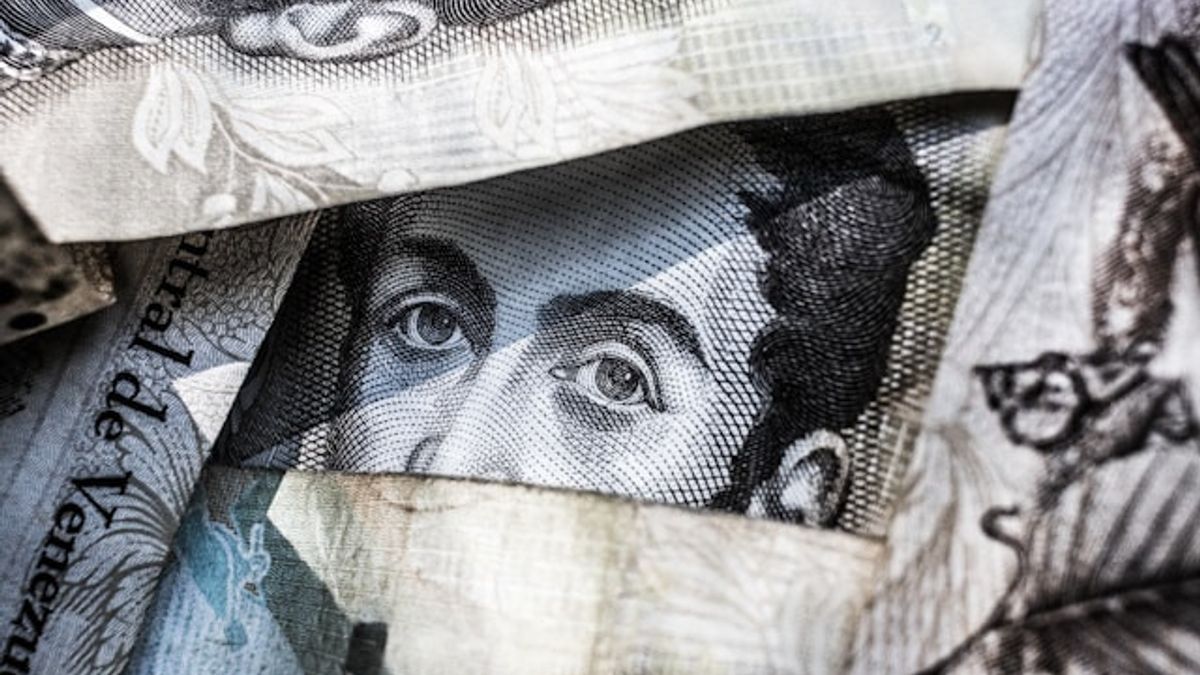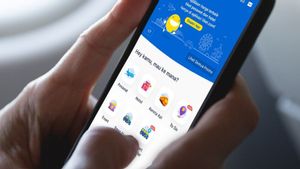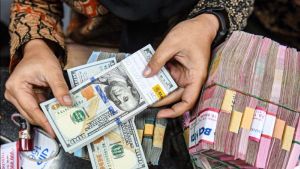YOGYAKARTA - In a complex global economy, most countries have national currencies issued by their central banks. This currency acts as a medium of exchange, a store of value, and a unit of calculations in economic transactions. However, there are several countries that do not have their own currency and choose to use foreign currency as an official medium of exchange. In this article, we will regulate this unique phenomenon, adjust the reasons behind the decisions of these countries, and recognize which countries use foreign currencies as official currencies.
Countries that do not have their own currency are a country that, because of various reasons, chooses not to print or use their own national currency. Instead, they adopt foreign currencies, which generally come from a country with a more stable and stronger economy. This process is known as "dolarization" or "euroization," depending on the foreign currency used.
The decision not to have a national currency itself is generally motivated by the economic crisis, uncontrolled inflation, or political instability that makes local currencies run out of value and trust. By adopting a more stable foreign currency, these countries seek to protect economic stability and protect people's purchasing power.
Why Doesn't The State Have Its Own Currency?
There are several reasons why a country decides not to have its own currency and use foreign currency instead. Here are some main reasons:
1. Economic crisis
One of the main reasons is the occurrence of a severe economic crisis. Countries experiencing hyperinflation or extreme monetary instability often lose public confidence in their own currency. In situations like this, using foreign currencies can provide stability and restore economic confidence.
For example, Zimbabwe in the early 2000s experienced severe hyperinflation, where inflation reached billions of percent. As a result, Zimbabwe's currency lost its value, and the country decided to adopt the United States (USD) dollar as the official currency to maintain economic stability.
2. Benefits from a Stronger Currency
Some countries choose not to have their own currency because they want to use stronger and more stable currencies, such as US dollars or euros. Stronger currencies usually mean lower inflation and more stable interest rates, which in turn could increase the investment climate and economic developments.
An example of countries that adopt strong currencies are small countries in Eastern Europe and the Caribbean, which use the US euro or dollar as their official currency.
Examples Of Countries That Don't Have Their Own Currency
Here are some examples of countries that do not have their own national currency and adopt foreign currencies:
1. Ecuador
Ecuador adopted the US dollar as the official currency in 2000 after facing an economic crisis caused by uncontrolled inflation. This step is being tried to restore public confidence in the country's financial system and avoid further hyperinflation.
2. El Salvador
El Salvador has also used the US dollar as its official currency since 2001. This step was taken to strengthen economic stability, reduce inflation, and encourage foreign investment. However, US dollar adoption in El Salvador also introduces challenges, a kind of reduced control of monetary policy.
3. Panama
Panama is one of the oldest countries to adopt the US dollar. Since 1904, Panama has used the US dollar as the official currency alongside its local currency, the balboa, which is only spread in the form of coins. This policy gives Panama access to greater economic stability and helps make the country an international financial hub.
SEE ALSO:
4. Kosovo and Montenegro
Kosovo and Montenegro, 2 countries in Southeast Europe, have used the euro as their official currency even though they are not official members of the European Union or the Euro Zone. The use of the euro provides economic stability and reduces the risk of uncontrolled inflation.
5. Zimbabwe
As previously stated, Zimbabwe is an example of a country that adopted the US dollar after its local currency, Zimbabwe dollars, experienced destruction due to very high hyperinflation. In 2009, the country began using the US dollar and other foreign currencies, including the South African rand, as the official currency.
In addition, read also: The Early History Of Indonesia Having Its Own Currency
After knowing a country that does not have its own currency, don't miss other interesting news on VOI.ID. This is the time to revolutionize how you get the information!
The English, Chinese, Japanese, Arabic, and French versions are automatically generated by the AI. So there may still be inaccuracies in translating, please always see Indonesian as our main language. (system supported by DigitalSiber.id)
















